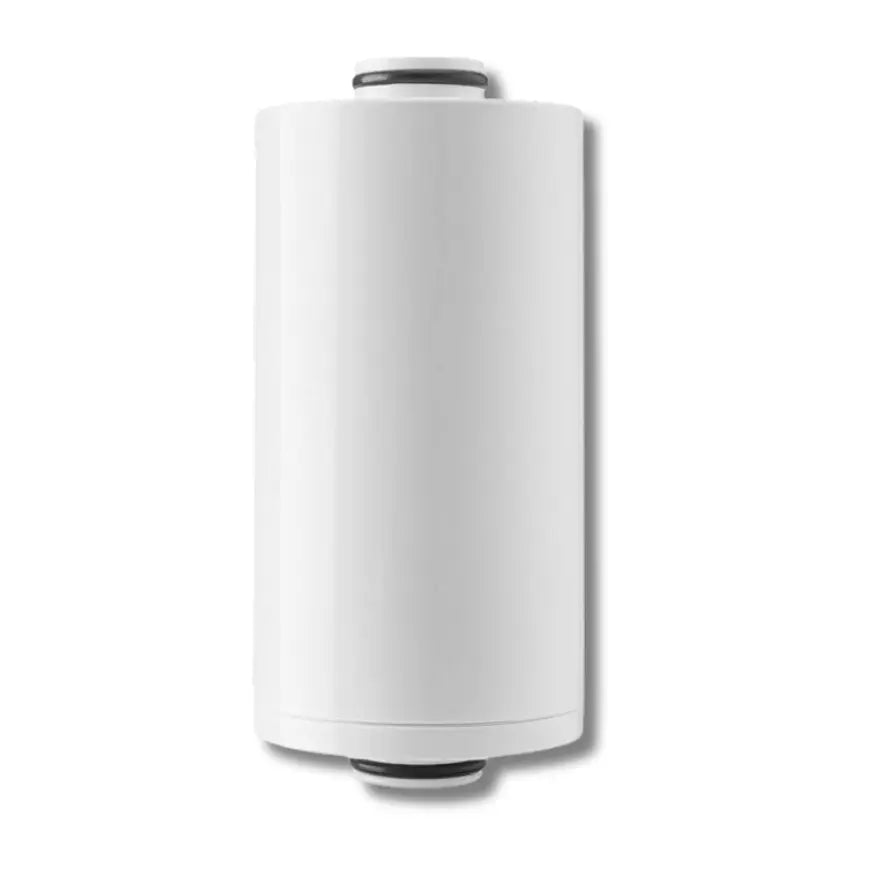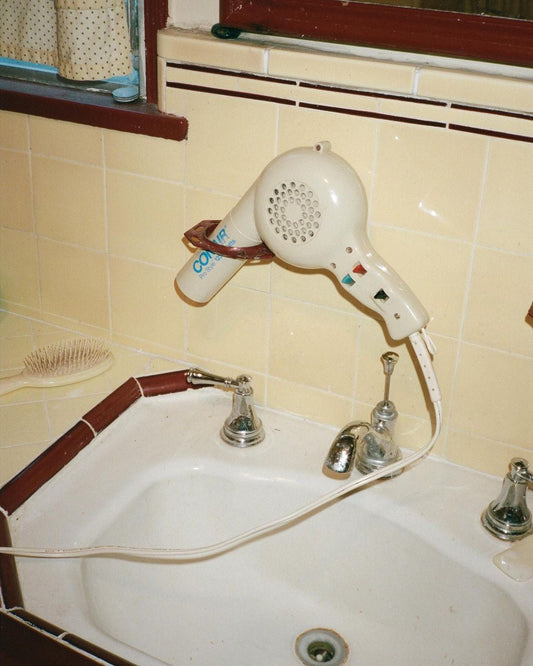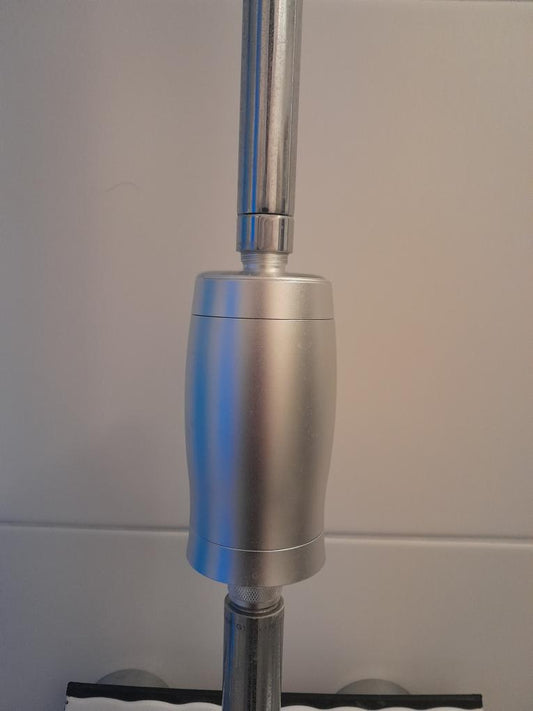TL;DR: Activated carbon, especially catalytic variants, can reduce chloramine from shower water, though not as easily as chlorine. Activated carbon fiber (ACF) improves contact time in shower filters, enhancing performance. Nordisk Renhet’s filters use high-grade carbon to help reduce chemical exposure and support healthier skin, lungs, and hair.
Can Activated Carbon Remove Chloramine from Shower Water?
Chloramine is a common disinfectant in municipal water supplies, increasingly used as a longer-lasting alternative to chlorine. But while it's great for water safety, it’s not so kind to your skin, lungs, or hair—especially when inhaled or absorbed in a hot shower. So, can activated carbon or activated carbon fiber (ACF) help?
What Is Chloramine and Why Is It a Concern?
Chloramine is a combination of chlorine and ammonia used to disinfect drinking water. While effective against pathogens, it can:
- Cause dry, irritated skin and scalp
- Trigger respiratory issues when vaporized in hot water
- Lead to color-treated hair fading faster
Chloramine is more stable than chlorine, making it harder to remove through filtration. That’s where specific types of activated carbon come in.
How Activated Carbon Removes Chloramine
Standard granular activated carbon (GAC) and ACF can adsorb a range of contaminants, including organic compounds and chlorine. However, chloramine requires a more reactive form—typically catalytic carbon—to be effectively neutralized.
Here’s how the process works:
- Adsorption: GAC and ACF trap organic molecules and some chloramine on their porous surfaces.
- Catalytic conversion: Catalytic carbon breaks chloramine into chloride, nitrogen, and ammonia—less reactive forms.
Unlike chlorine, chloramine is less volatile and reacts more slowly. That means longer contact time is required, which makes shower filters with high surface area media like ACF more effective.
How Effective Is ACF for Chloramine in Shower Filters?
ACF is woven into ultra-thin layers with massive surface area, allowing for more efficient contact time in compact formats like shower filters. While not as powerful as full catalytic carbon beds used in whole-house systems, ACF in high-flow shower filters still offers:
- Improved odor and chemical reduction vs. standard GAC alone
- Enhanced breathability and comfort during hot showers by reducing chloramine vapors
- Better skin and hair outcomes for sensitive individuals, eczema, or psoriasis
For example, Nordisk Renhet’s ACF-based showerhead filter uses a high-efficiency carbon media that contributes to chloramine reduction without compromising water pressure.
Scientific Evidence Supporting Chloramine Removal with Carbon
| Source | Finding | Link |
|---|---|---|
| US EPA | Catalytic carbon is effective for chloramine in drinking water systems | EPA.gov |
| University of Iowa (2006) | GAC can remove chloramine, especially when used with extended contact time | ResearchGate |
| ScienceDirect (2018) | Activated carbon outperformed other media for chloramine under controlled conditions | ScienceDirect |
| NIH (PMC4697773) | Activated carbon fiber offers high reactivity and surface contact in compact filters | NIH.gov |
Whole-Home vs. Shower Filter Chloramine Removal
If your municipal water is heavily chloraminated, consider these filtration options:
1. Whole-House Catalytic Carbon Filter
- Best for full-home protection, including bath and laundry
- High surface area and contact time
2. Shower Filters with ACF or Catalytic GAC
- Ideal for sensitive users needing protection during hot showers
- Lower cost and easy to install
- Explore Nordisk Renhet’s shower filter here
Should You Worry About Chloramine in the Shower?
If you experience dry skin, brittle hair, or asthma-like symptoms after showering, chloramine may be a contributing factor. This is especially true in cities that have phased out chlorine in favor of longer-lasting disinfection.
Filtering your water with a high-grade ACF showerhead filter can help reduce these exposures—making each shower feel gentler, cleaner, and safer for your skin and lungs.
Conclusion: Activated Carbon & ACF Help Reduce Chloramine — When Used Right
Chloramine is tough to remove, but not impossible. While traditional carbon filters struggle, high-quality activated carbon fiber (ACF) and catalytic carbon can significantly reduce chloramine exposure—especially when integrated into purpose-built shower filters.
Browse Nordisk Renhet’s shower filters to find solutions engineered with ACF and multi-layer media designed for daily protection, comfort, and peace of mind.




